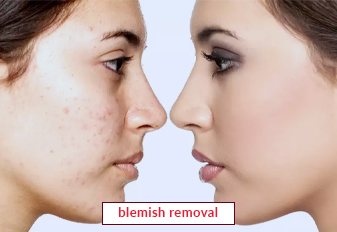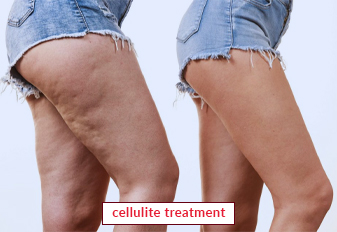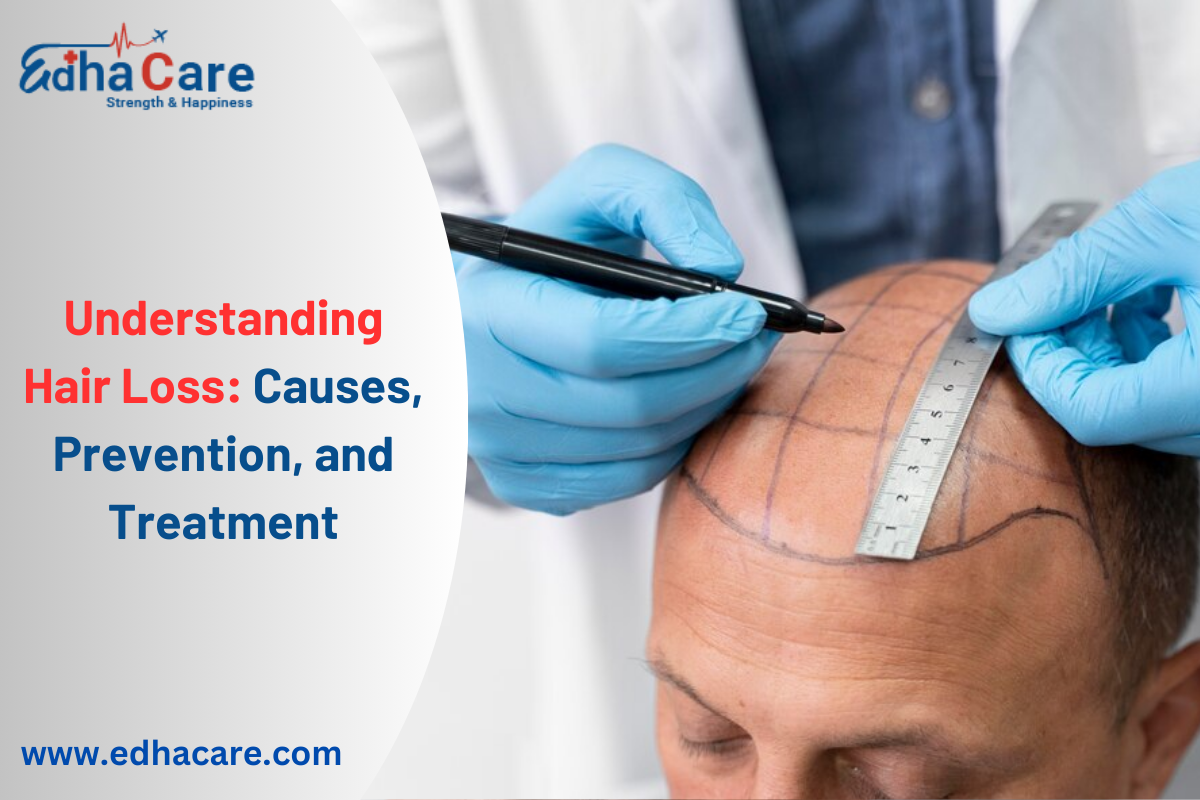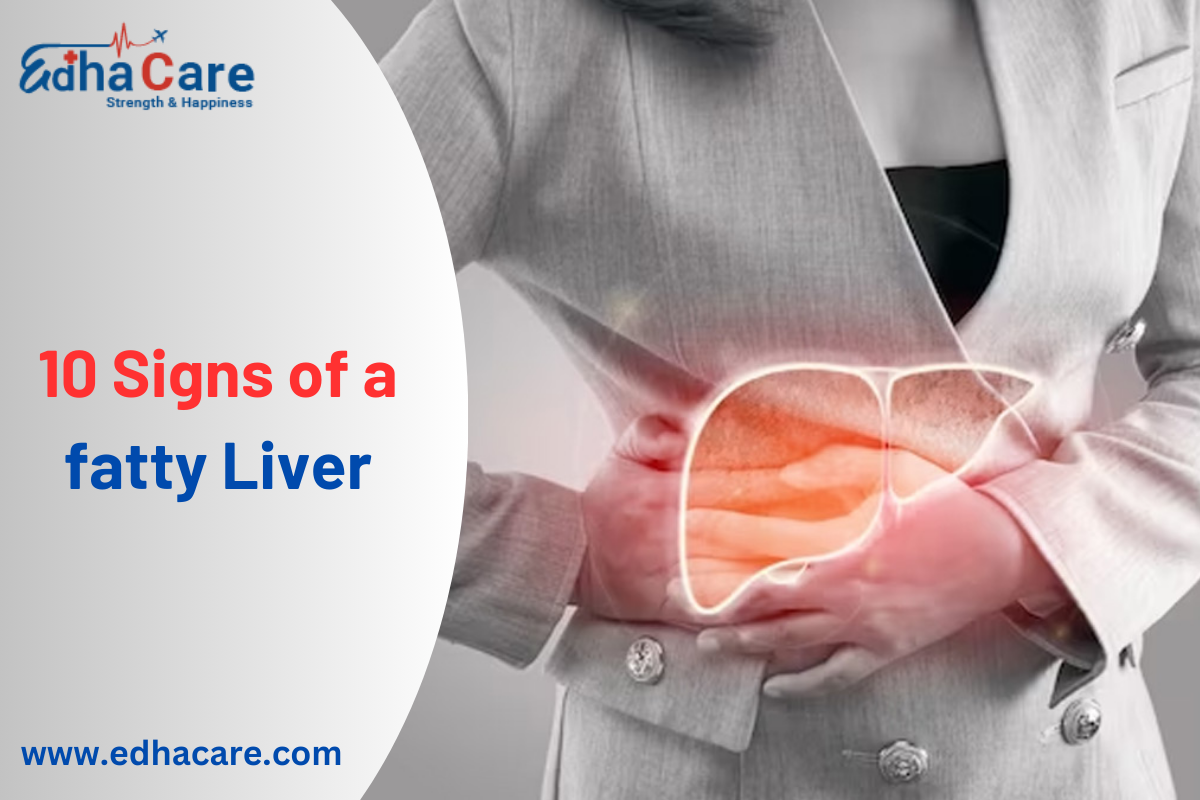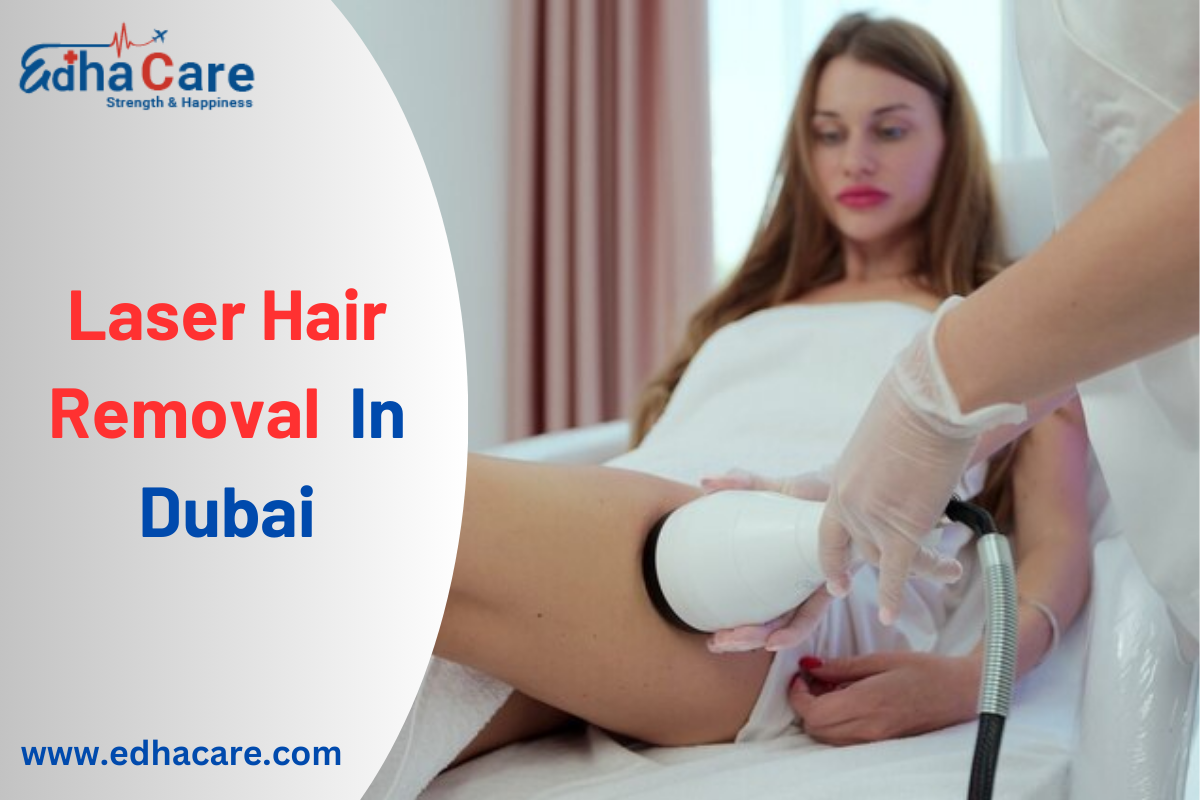Microdermabrasion
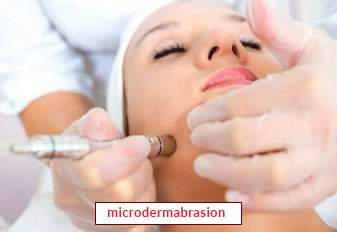
Microdermabrasion is a popular cosmetic procedure that helps improve the overall texture and appearance of the skin. This non-invasive treatment uses a gentle exfoliation technique to remove dead skin cells, revealing a smoother and more radiant complexion. Microdermabrasion is a versatile procedure that can address various skin concerns, such as fine lines, wrinkles, acne scars, sun damage, and uneven skin tone. In this article, we will explore the concept of microdermabrasion, its significance in skincare, and the procedure involved in this rejuvenating treatment.
Book an AppointmentAbout Microdermabrasion
Microdermabrasion is a skin resurfacing technique that involves the use of a handheld device to exfoliate the outermost layer of the skin. The device typically uses fine crystals or a diamond-tipped wand to gently abrade the skin, while simultaneously suctioning away the dead skin cells and debris. This process stimulates collagen production and promotes cell turnover, resulting in a smoother, more youthful-looking complexion.
Procedure of Microdermabrasion
An hour or so is often required for the in-office technique known as microdermabrasion. Usually, a licensed skin care specialist does it, and she or he may or may not be supervised by a medical practitioner. Your state will determine how to proceed with this. For microdermabrasion, anesthetic or a numbing medication is not required. You will be seated on a reclining recliner for the duration of your appointment. In the targeted locations, your physician will use a portable equipment to shave off the outer layer of skin or lightly spray the particles. Your skin will be treated with sunscreen and a moisturizer at the conclusion of the procedure.
People can have treatments weekly, every 2 weeks, or monthly, depending on their skin type and the reason for treatment. Most people request microdermabrasion to rejuvenate the complexion of the face and neck, but a specialist can perform the procedure on any area of skin.
Require Assistance?
Get A Quick Callback From Our Healthcare Experts

